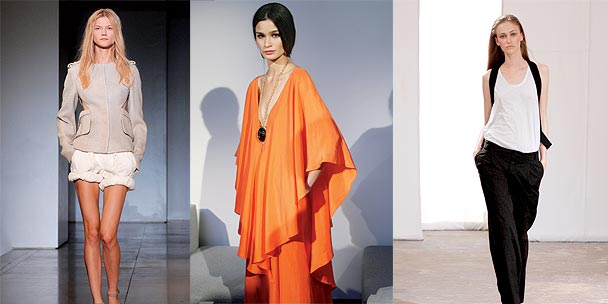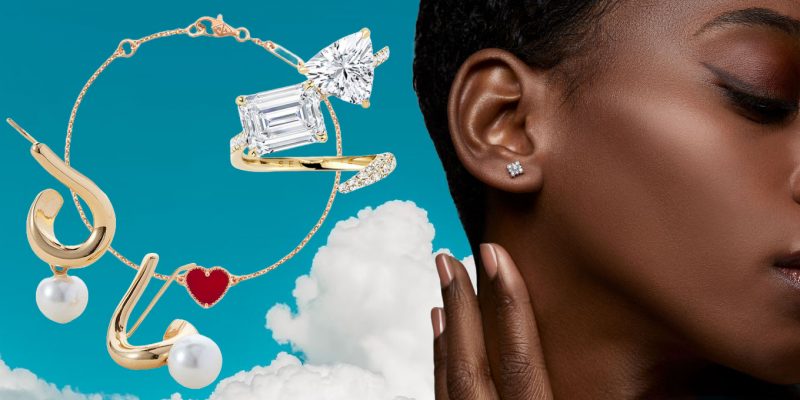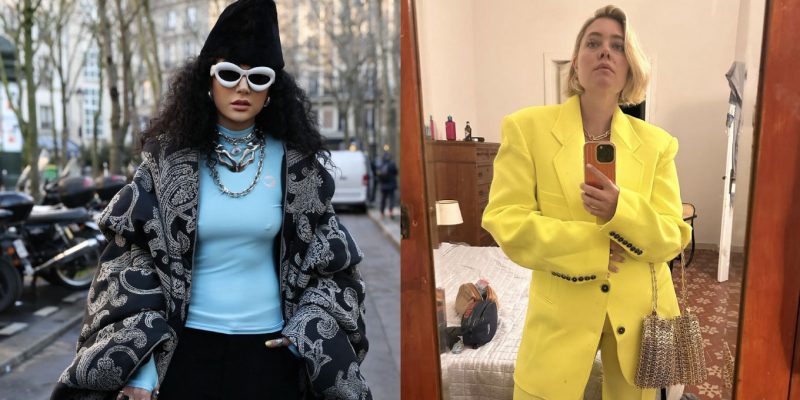Fashion
Goodbye, Gaga: It's back to basics
Maxed out by our full-throttle world, one writer celebrates minimalism's quiet return.
by : Elle Canada- Feb 3rd, 2010

In 1992, a severe case of back-to-basics threatened planet fashion. Charivari, a leading-edge Manhattan fashion retailer, decided that it had no use for the simplified lifestyle, from meatloaf to sweatshirts. So Charivari president Jon Weiser came up with a campaign. The ads featured lists of current trends — from chinos to nesting — followed by the tagline “Wake us when it’s over.”
Sure, minimalism can be a yawn. Its familiar slogans, such as “Less is more” or “Elegance is refusal,” can seem pious and trite, bumper stickers from Snoozeville. The preachiness can make a person spiteful and ornery, ready to pick a fight with a smug, self-satisfied cashmere sweater and willing to sign up for Lady Gaga’s brigade. But there’s something about fashion to the max that can also make people wish they could tune it out. Absolutely fabulous can also be absolutely exhausting. Sleep would come as a relief from the excess that lately just won’t give up being the latest thing.
To imagine a contemporary avatar of fashion: Start with head and feet. You know there’s going to be too much hair and the shoes will be ridiculous. The scarf will be contrived, the statement jewellery unnecessary and the handbag obviously from one luxury house or another. The coat won’t keep you warm, and it couldn’t possibly fit over the gratuitous layers of knits, held together with the big belt said to supply maximum impact but often delivering only major inconvenience. The skinny legging/trousers will look predatory, and the patterned hose peeping through sandals worn in the winter will seem like a cougar’s last chance.
Find out where to get minimalist looks on the next page …
Spring 2010 fashion trends: Minimalism
Meet Calla Haynes, a Canadian star in Paris
Fashion must-haves

To picture a predominant silhouette in one-piece dressing, think of a dress of shocking brevity that consists of not much more than a single gigantic ruffled strap crossing the body like a beauty queen’s banner. Back in 1992, Charivari thought that basics were ubiquitous. Since then, the cocktail dress has become the new pocket tee.
Minimalism? As Liz Lemon from
30 Rock might say, “I want to go to there.”
Where’s there? Any store carrying the Celine collection by Phoebe Philo. After leaving Chloé, where she demonstrated her knack for knowing what women want, Philo took a domestic break. But she returned in 2008 as the designer for Celine with a couple of collections — resort and spring 2010 — that announced that minimalism was also back. The simplest separates, uncomplicated dresses and handbags that are as plain as possible — Philo’s proposals were particularly welcome after the rush of ’80s revivalism that has been some designers’ response to the recession. When the going gets tough, the tough get lush and loud.
Or else they have the good sense to keep quiet.
Recent reports of minimalism’s return to the runway — in both clothes and makeup — have spoken of “’90s minimalism,” as if the word belonged to that one era. In fact, it was first used in 1929 by an art critic, and in the ’60s it became an art movement characterized by the austerity of canvases by painters like Donald Judd and Frank Stella. In the ’70s, it encompassed styles in music (composer Philip Glass) and literature (Raymond Carver). But it wasn’t really until the ’80s that fashion, best buddies with art, started talking all intellectual and picked up the word. Making fun of it all, Karl Lagerfeld announced in 1984 that his new direction for fall would be “post-post-modern-newmobile- minimalism.”
Learn a bit about fashion’s fickleness on the next page …
Spring 2010: 10 most wanted fashion trends
Spring sandals meet nature with wood and earthy hues
Sonia Rykiel pour H&M

Others took it more seriously. Zoran, New York’s greatest minimalist after Halston, stripped garments of all detail and himself of a last name. He extended his fondness for subtraction to his home, which, according to an article published in
The New York Times in 1983, had no stove, no chairs, no closets, no interior doors and no knobs.
But there can be no fashion without fickleness. In 1987, Marylou Luther, fashion writer for the
Los Angeles Times, observed that fashion minimalism had “all but disappeared in Paris.” In its place were more costumes, more drama, more draping, “everything you always wanted in a dress and more.” Much of that more was supplied by Christian Lacroix, whose extravagant poufs were throwing off molten heat. That was partly because such extravagance in 1987 struck some as dancing at the edge of a volcano.
When the market collapsed, the ’90s erupted not in hot pink but in beige. Fashion did penance, casting off needless ornament and making icons of Helmut Lang and Jil Sander. The ’90s owned minimalism. In 1994, Amy Spindler hailed it in
The New York Times as an antidote to stress. Referring to Sander, she wrote of “fashion so spare that the only accessories are goose bumps.” Clean shapes and a neutral palette presided over a spectrum of markets. Designers were doing it. So was Club Monaco. Soon after the Gap entered Canada in 1989, Club Monaco adjusted its back-to-basics attitude and went for a more continental-cool kind of minimalism.
Read more
Shades of army green and khaki abound this season
When it’s cold outside, women walk winter in style
Bare essentials that are a must for every woman
Newsletter
Join our mailing list for the latest and biggest in fashion trends, beauty, culture and celebrity.
More from Fashion
Read Next

Fashion
H&M's Latest Designer Collab With Rokh Just Dropped (And It's So Good)
We chatted with the emerging designer about the collaboration, his favourite pieces and more.
by : Melissa Fejtek- Apr 18th, 2024

Culture
5 Toronto Restaurants to Celebrate Mother’s Day
Treat your mom right with a meal at any of these amazing restaurants.
by : Rebecca Gao- Apr 18th, 2024

Culture
Discover Club Med’s Stunning Exclusive Collection
Vacation destinations that bring pure luxury and comfort.
by : ELLE Canada- Apr 8th, 2024




